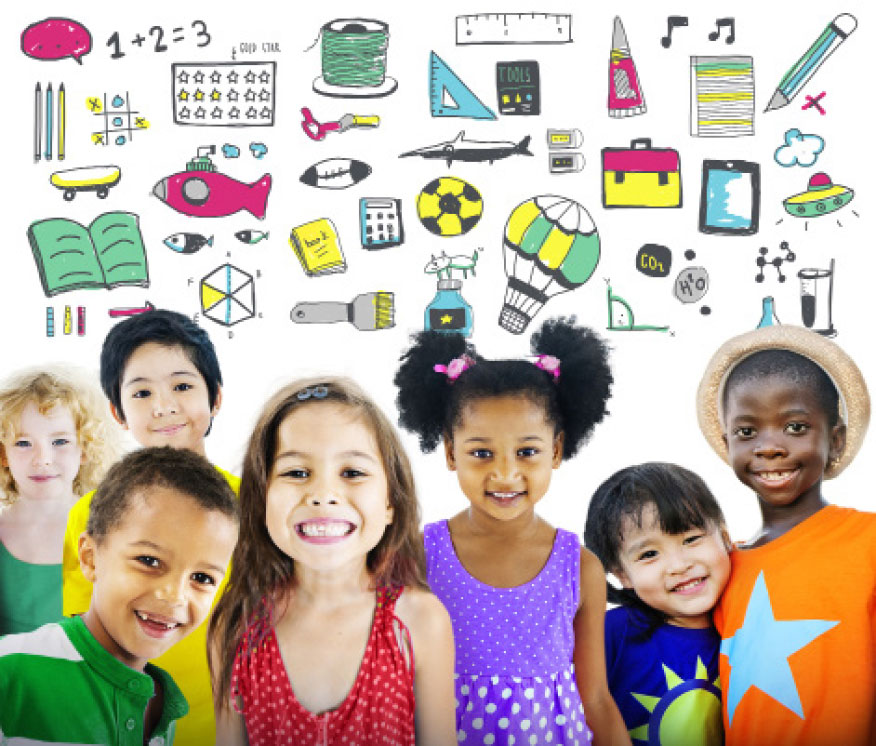It is a truth that Greece has been an immigrant receiving country for more than two decades. Thus, there is a growing number of people with different cultural and linguistic background and the Greek schools are characterized with a vast amount of students with migration profile. This fact intensifies the need to foster intercultural understanding and efforts are being encouraged to develop understanding even from the youngest age.
by Isaak M. Papadopoulos, PhDc in Applied Linguistics – Aristotle University of Thessaloniki
In a (foreign) language classroom the attempt of the teachers to develop intercultural speakers entails to providing students with intercultural and linguistic competences to be prepared to interact with classmates of other cultures. Towards these goals, the students should acquire knowledge of ‘self’ and ‘other’ by being engaged in various creative activities that encourage their being open to the “different”.
There are various activities that teacher could implement in their language classrooms in order to facilitate their students’ language development and raise their intercultural awareness. In this article, I am going to focus on two of the most popular activities, according to students’ views.
Using folk-stories from other countries: Folk-stories constitute a very valuable tool for the young students, as they offer both linguistic and cognitive benefits to them fostering a safe and relaxing learning environment (Papadopoulos & Griva, 2016). In this way, students have the opportunity to develop their imagination and their creativity (Halliwell, 1992) as on the one hand, stories are among young learners’ preferences and on the other, they offer a teaching and learning framework rich in language stimuli. When using folk-stories of other countries, students are introduced to the cultural “world” of the country, they get in touch with their customs and traditions and they even learn about their special meals, dances and characteristics.
Game-based environment: Games tend to decrease students’ affective filter and anxiety and facilitate learning. Moreover, they are offered an enriched learning experience since they are engaged in pleasant activities. In fact, when the game activities are combined with the content of a folk-story, then teachers can foster an educational environment in which students play and learn with the language and the cultures. It is worth mentioning that incorporating games from other countries in our language classroom can be beneficially for the students as they get to know a “different” game, from another country and they use the target language to cooperate with their classmates.
To sum up, it is known that language and culture are wired in together’ (Agar, 1991), in such a way that Risager (2006, 2007), develops the concept of ‘languaculture’ to describe this close interrelation. It is up to all the teachers of multicultural classes to raise students’ intercultural awareness and communicative competence in the target language through various means available to them. We should lastly, place special attention to the fact that a variety of training courses should be designed as teaching in a culturally diverse classroom is a demanding and challenging experience. •
